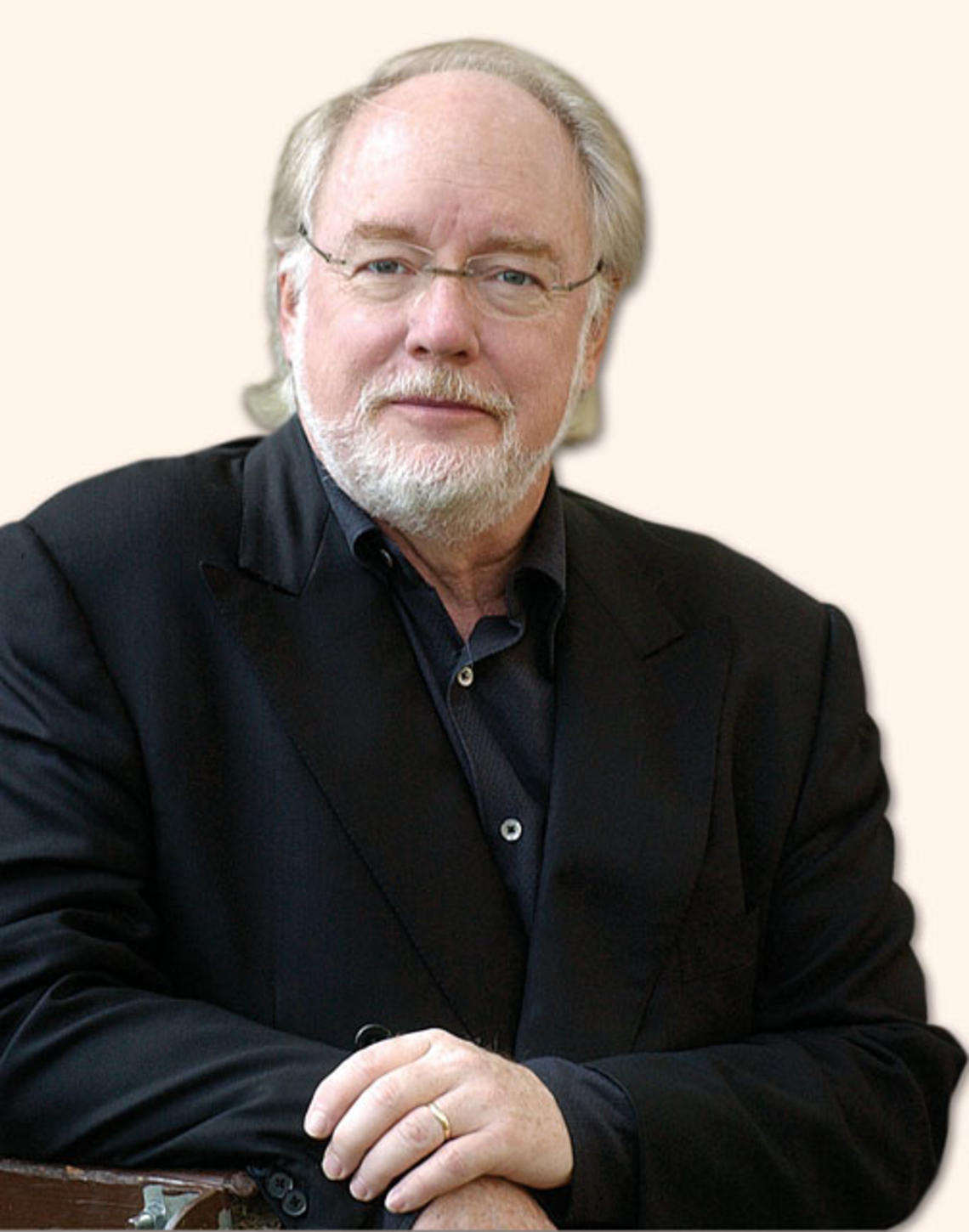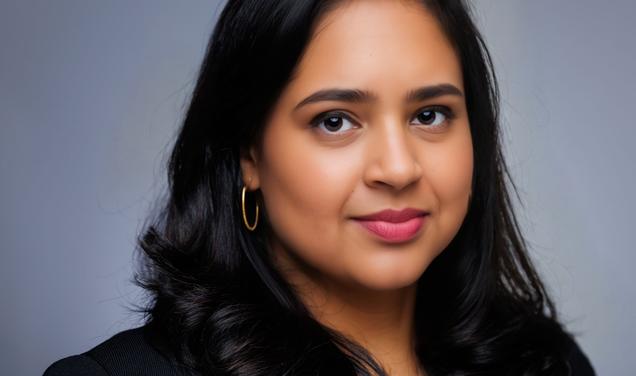
Editor's note: The following version incorporates clarifications of the story published in the June 1, 2011, issue of PAW.
Thomas W. Morris ’65 spent 34 years managing the Boston Symphony and The Cleveland Orchestra, becoming known as one of the most innovative leaders in the orchestra world. He is now the artistic director of the Ojai Music Festival in California, June 9–12, and in May was one of three founders of the first Spring for Music Festival at New York’s Carnegie Hall, during which seven orchestras from across North America staged a series of concerts over nine days. Morris also has consulted with numerous orchestras including the Philadelphia Orchestra, which recently filed for Chapter 11 bankruptcy. He spoke about his new project and the challenges facing orchestras today.
Was the Spring for Music Festival a success?
The festival is a showcase of North American symphony and chamber orchestras, and it is based on creative musical programming. That is a unique idea, because the way most of the classical music business works is that in order to sell tickets at generally high prices, the programming has to be very meat-and-potatoes — lots of Rachmaninoff concerti and that sort of thing. What we have done is invite orchestras to submit creative program proposals, select what we consider to be six or seven of the most interesting and innovative, and bring them to Carnegie Hall. Tickets for all the concerts are only $25. On our first night, the Orpheus Chamber Orchestra performed six new Brandenburg concerti that it had commissioned from six different composers over the last several years, but which never before had been performed as a set. It was a very auspicious beginning.
Why did the Philadelphia Orchestra file for bankruptcy?
Filing under Chapter 11, as the Philadelphia Orchestra did, is simply a business move that allows them to reorganize financially. The real news story is: What was the problem? This is a very difficult economic environment for everyone. Contributing to that, you have the decline of music education in the schools. You have the collapse of the recorded music business. The widespread availability of music digitally and on the Internet has led to more of what I call musical sound bites, which is not necessarily consistent with the glories of listening to a two-hour Bruckner symphony. There also have been deep cuts in public funding for music and much greater competition for philanthropic funding.
Large symphony orchestras have been built up over time, but based on conditions that do not necessarily still exist. They are vast fixed-cost machines, and a lot of them are having difficulty figuring out how to adapt to an increasingly nimble time. All of that is at work in Philadelphia and in many other cities.
The subscriber base for most orchestras tends to be older. Is there a way to expand their appeal to a younger audience?
The perception is that the symphony audience is white-haired, but I have found that is not necessarily true. Whenever we would survey audiences in Cleveland, we found that the average age was in the 50-to-60 range. Now, you can argue that that’s too high, but it isn’t in the 70-to-90 range. If you look at data on audiences, you find that the more adventurous the repertoire, the younger the audience you attract. Adventurous doesn’t have to be contemporary music, although it can be; it means unknown music or interesting presentations. The further an orchestra goes toward merely selling nostalgia, the older its audience will be.
The traditional model, in which orchestras sell a subscription season of 25 to 30 weeks, is not how people live today. People tend to make shorter commitments. I think the Ojai Festival is a good example, though, of how it is still possible to be successful with subscriptions. It’s a trek to get to Ojai, and the repertoire they offer is not always easy. But some of the greatest artists in the world can’t wait to play there because of the freedom they are given and the chance to perform for an engaged audience. And our subscription sales are growing. That gives me enormous hope for the music industry.
What are some success stories among symphony orchestras?
What’s going on with the Los Angeles Philharmonic is very exciting. They’re doing interesting projects, including a lot of contemporary music; they have an engaged audience; and they have used the phenomenon of Disney Hall not just to house what they used to do but to change what they do. The Toledo Symphony has been very successful locally. Their musicians are connected to the community, and they have a wonderful conductor and very stable management.
— Interview conducted and condensed by Mark F. Bernstein ’83










0 Responses